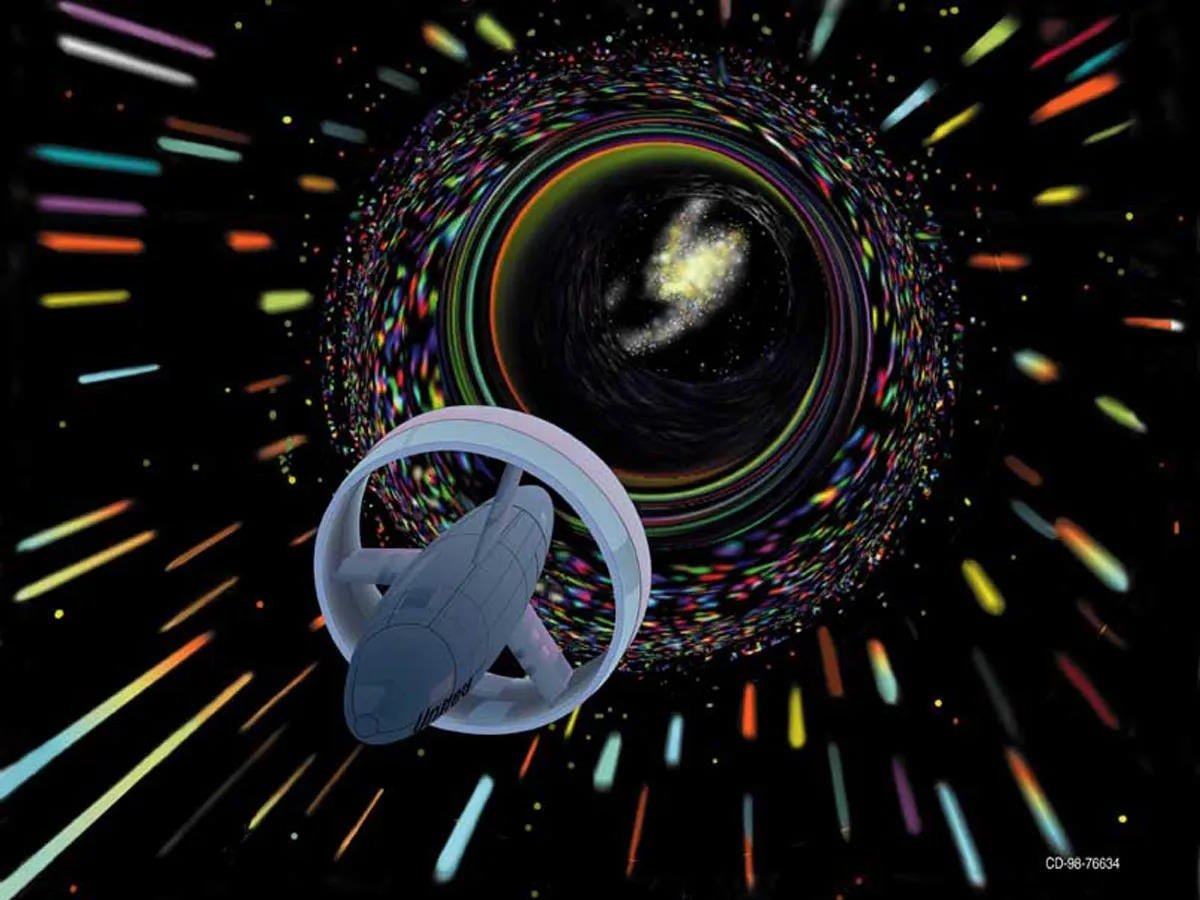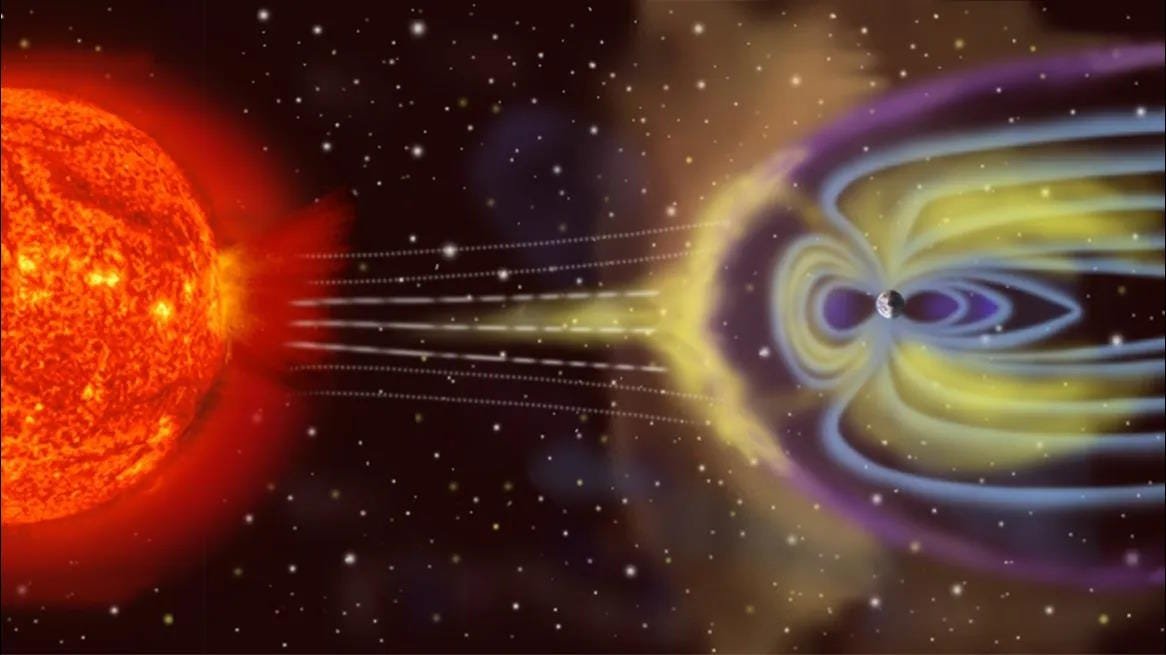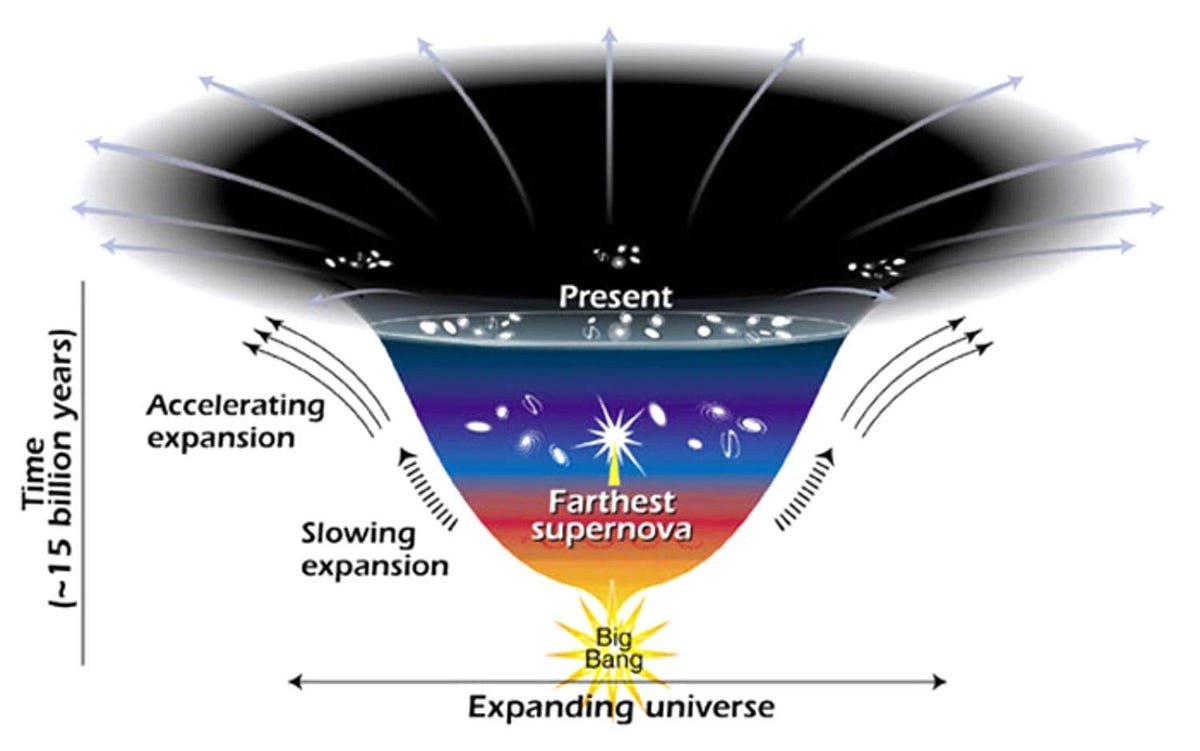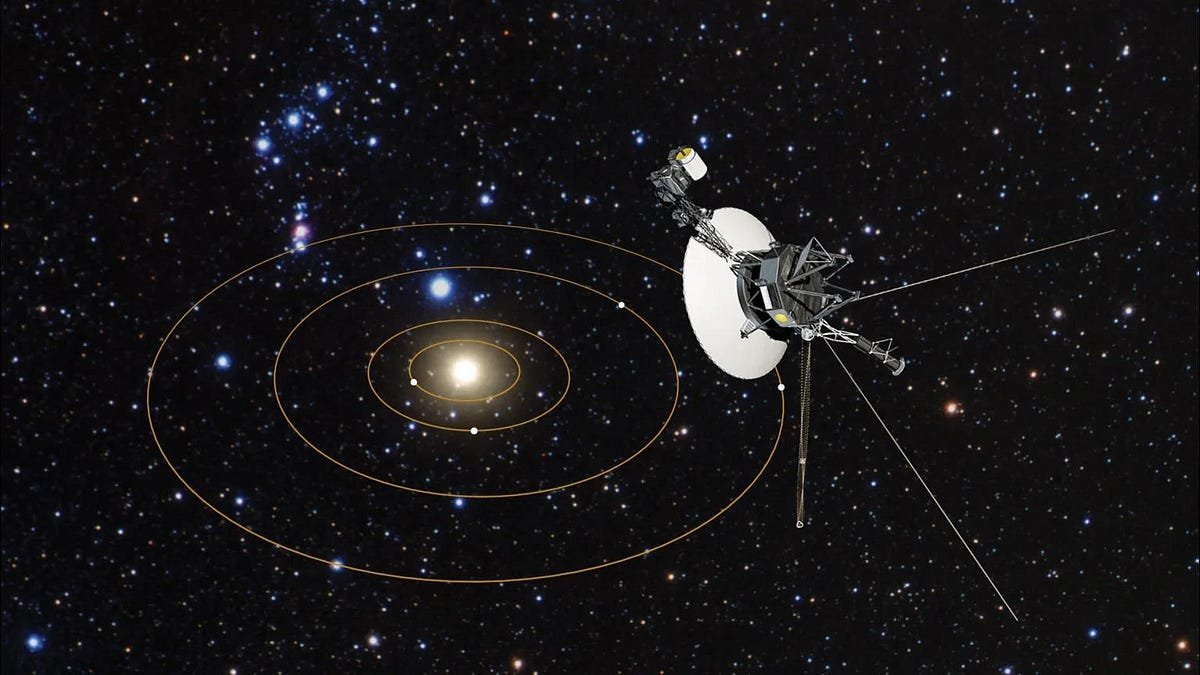
Ask Ethan: Is alien space travel limited by the speed of light? | by Ethan Siegel | Starts With A Bang! | Feb, 2024
Without wormholes, warp drive, or some type of new matter, energy, or physics, everyone is limited by the speed of light. Or are they?
When we speak about the distance to cosmic objects — the distant stars, galaxies, quasars and more — we usually measure them in light-years. This is because of the understanding that any form of matter, regardless of what you do to it or how much kinetic energy you add to it, can only approach, but never reach, a maximum speed limit set by the laws of physics themselves: the speed of light. Only massless entities, things like photons, gluons, and gravitational waves, can actually achieve that maximum speed of 299,792,458 m/s through the fabric of space, while everything else is doomed to travel more slowly, never being able to attain that speed while still obeying the laws of physics.
Does that necessarily mean that even the most advanced alien species imaginable, including us arbitrarily far into the future, will forever be unable to travel through space in any swifter, more rapid fashion? That’s the question sent in by Stephen Johnson, who asks:
“Can we safely assume that alien space travel is limited by the speed of light? This is baked into assumptions about how aliens might travel. (Obviously, there are highly speculative, sci-fi alternatives: wormholes, etc.) But is it arrogant to confidently declare that aliens are limited by a “cosmic speed limit,” given the long history of discoveries upending scientific thought?”
Although the conservative expectation is that yes, the speed of light is an insurmountable limit, there are a couple of very good reasons to believe that perhaps there may be a way around it. Perhaps, even without invoking a new law of physics, the speed of light may not set the ultimate limit after all. Here’s how.
Conventional motion
When most of us think about traveling from one point to another, we think about traveling there along the shortest distance possible: in a straight…




